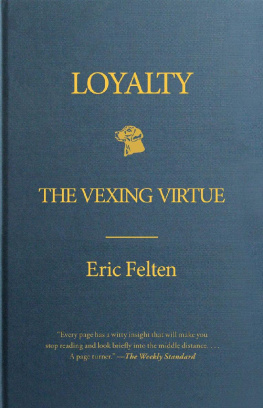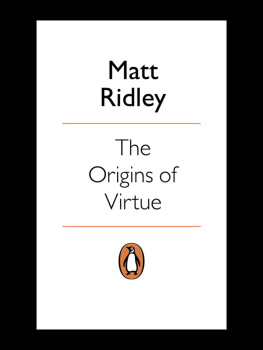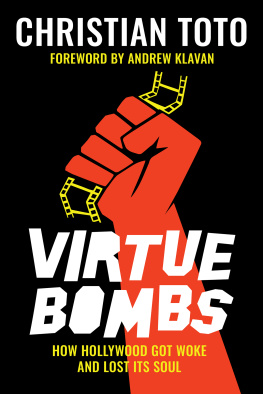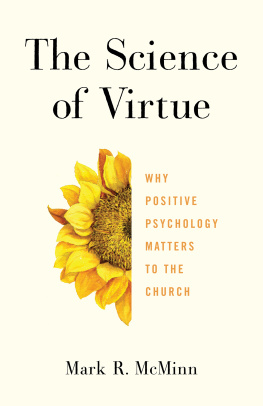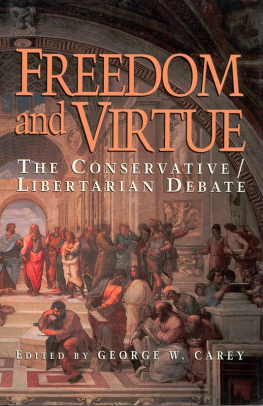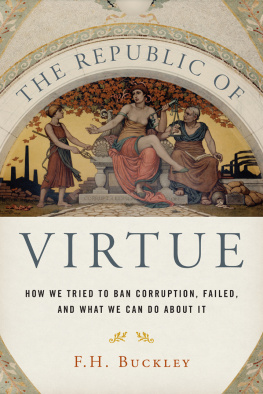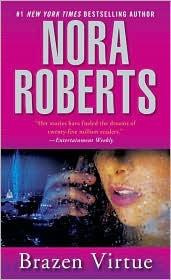Acknowledgments
I m grateful to the many friends who helped me with their musings on loyalty (and in so doing also provided examples of the boundless benefits of loyal friendship), including Philip Chalk, Erich Eichman, Andrew Ferguson, Mark Pastin, Daniel Akst, Garrett Graff, Lowell Edmunds, Gerry Lynam, and William Schulz.
Many thanks to my agent, Esther Newberg, who championed this book from the start, and who was a tremendous help in focusing the concept for it.
My editor, Alice Mayhew, made this book possible, from helping to shape the broad contours of the argument to saving me from indulging in overly glib prose. Theres a reason shes known as the best friend a writer can have. I am much obliged to Simon & Schuster publisher Jonathan Karp for his enthusiasm and support. Karen Thompson was also a great help.
I appreciate the encouragement (and sharp minds) of my editors at The Wall Street Journal , where I tried out a few of the ideas in this book: Paul Gigot, Eric Gibson, Naomi Schaefer Riley, Nancy deWolf Smith, and Barbara Phillips.
Im also indebted to the late Judith Shklar, with whom I was fortunate to study many years ago, and whose own writings on loyalty and betrayal are essential reading.
Lastly, I wish to thank those exemplars of patient love and loyalty, my family. Im grateful to my parents Lester and Barbara Felten; my brother David; my children Priscilla, Greta, and Thaddeus; and most of all, my wife, Jennifer.
ALSO BY ERIC FELTEN
Hows Your Drink?: Cocktails, Culture, and the Art of Drinking Well
About the Author

Eric Felten writes The Wall Street Journal s well-regarded culture column Postmodern Times. For four years, he wrote the Journal s celebrated cocktail column Hows Your Drink?, which won a James Beard Foundation award for Best Newspaper Writing on Wine, Spirits, or Beer. He is a jazz singer and trombonist, and his TV concert special has been seen on PBS stations nationwide. He lives in Washington, D.C., with his wife and three children.

MEET THE AUTHORS, WATCH VIDEOS AND MORE AT
SimonandSchuster.com
THE SOURCE FOR READING GROUPS
COVER DESIGN BY PAUL SAHRE
PHOTOGRAPH BY TOM WOLFF
The Power of Loyalty
A steadfast soul shows that Fortune has no power over it.
Machiavelli
E nd up in some dismal hellhole, and youd better hope youve got a buddy at your side. For the survivors of the Bataan Death March loyalties made the difference between living and dying. Americans taken prisoner by the Japanese in the Philippines were packed into miasmic POW camps such as the wretched Cabanatuan compound. Crowded into squalid jungle huts, the men withered on starvation rations of stale rice; slaving in the blazing heat, they were beaten for sport; any offense that piqued the guards got one bound and beheaded. Chances of survival were a little better than fifty-fifty, and those who did make it were the ones who had a pal to lean on. Without someone to watch your back and buck you up, your chances were next to nil.
And yet there was at Cabanatuan a prominent counterexample, an army captain who was one of the most popular men in the camp, friends with everyone, but buddies with no one. A crack bridge player, he taught the game to anyone who wanted a distraction from the miserable tedium; he had a knack for telling mouthwatering tales of the hidden restaurants of San Francisco, transporting his fellow prisoners in delicious reveries of imagined food. He made those days more endurable, for he was ever an optimist, recalled his fellow POW Frank Grady. He had survived Bataan and had endured the Death March. He seemed to be the one man the Japanese couldnt vanquish.
What made the captain remarkable was that he had managed to survive without any particularly close friend among his fellow prisoners. For most of the emaciated men, having a buddy was a matter of life and death. Scuffling to survive, the POWs didnt always play by Hoyle with one another, especially in the early chaotic days of their confinement. As Grady told it in his account of the Japanese prison camps, Surviving the Day , the men had to compete to stay alive: This competitive attitude was expressed most often in the theft of food or valuables from a neighbor. But it also displayed itself in fiercely loyal partnerships between prisoners. The man who had a buddy had a competitive advantage: the two of them together had a much better chance of hanging on to what measly scraps of food they could scrounge.
A loyal pair of buddies acted as a unit. The men in these partnerships provided each other something even more important than protection from the predations of fellow prisoners: They gave emotional support essential in an environment where going into a funk was lethal. The men were always sick, plagued with chronic dysentery, lethargic with beriberi, delirious with malaria, and spindly with malnutrition. But for all the manifest afflictions, if a man could somehow keep his spirits up, he could make it another day. Buddies helped each other through dangerous emotional states, Grady wrote. Despair meant death. Only the determined lived; and only the loyal stayed determined.
Theirs was hardly a new predicament. During the Civil War, the best chance any Union soldier had of surviving the dreaded Confederate prison camp Andersonville was to have surrendered along with some loyal comrades. If one was captured alone, put with strangers and became sick, wrote one Union prisoner of war, Lucius Barber, it was ten chances to one he would die unattended by any human being.
But then, how did the seemingly self-sufficient captain at Cabanatuan hold out and hold on so successfully? It turns out that his strength came from his relationship with his wife, whom he adored. She was his buddy, and no one could replace her. Two days later, he was semiconscious in the Zero Ward, the halfway hut where dying men waited for their turn with the burial detail. Grady and his buddy, Joe, tried to cheer him up, tried to boost his spirits with happy talk. But it was no use. The unvanquishable captain was dead in days.
Loyalty can be an essential lifeline. We often talk metaphorically about loyalty being a bond that ties us together. But metaphorical tethers dont bind us if we dont want to be bound. Life is full of Sirens singing, and as Odysseus found, it pays to be tied with something sturdier than good intentions. Mountaineers working as a team are literally tied to one another. It works as more than just a safety net: It changes how everyone thinks about the climb. You can make bolder, more daring efforts knowing youll be caught if you fall. And at every step you are more attentive to the predicaments of your teammates, knowing they could drag you off the cliff with them. If good fences make for good neighbors, sturdy rope makes for sturdy friends on a mountainside.
A realization of that point must have gone through the minds of the climbers dangling from Pete Schoenings rope in a blizzard in August 1953. Eight Americans had been trying to scale the preposterously perilous Himalayan peak K2 when one of them, Art Gilkey, developed a blood clot in his leg. Unless they got him down the mountain, and quick, he was going to die. Saving the incapacitated climber meant terrible risks for the other men, who had to carry him in conditions that were treacherous for a skilled climber carrying nothing but his own pack. As they worked down the Abruzzi Ridge, one man, whose frostbitten fingers were too stiff to maintain his grip, slipped. He seemed to cartwheel down the luge-slick forty-five-degree slope, his gloves flying off his flailing hands, his shredded pack tearing loose, until in a second he was over the cliff and gone. That would have been the end for the unlucky climber but for the nylon rope that connected him to the men abovea rope that nearly killed them all. As the first man plummeted, he pulled another climber over with him. The weight of those two yanked a third, fourth, and fifth off the side of the mountain, sending them careening in a mad jumble down the icy slope to the precipice.

